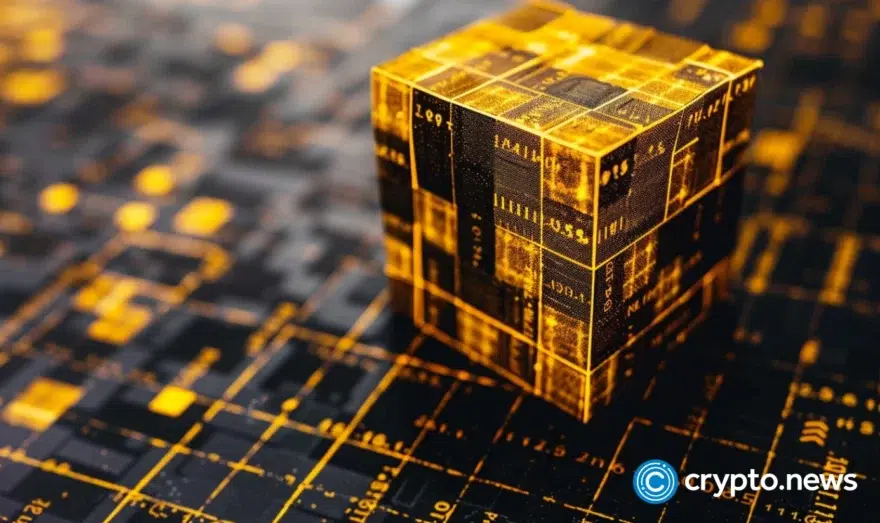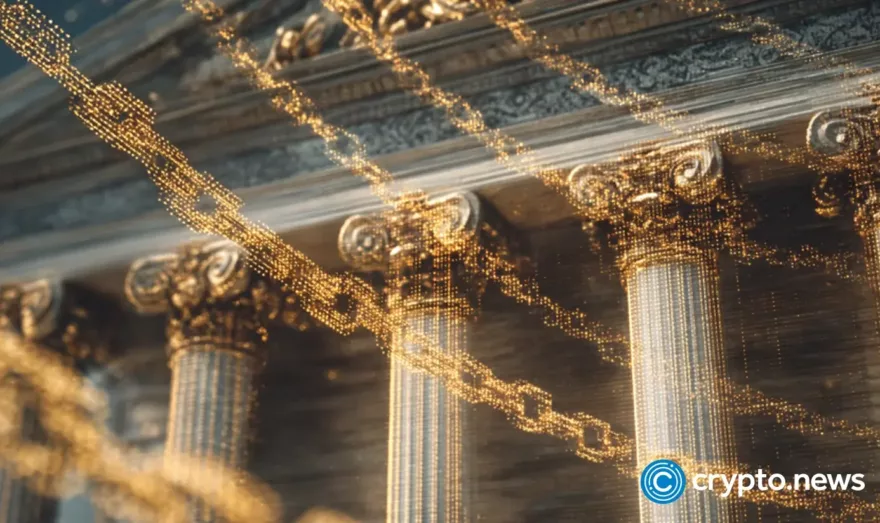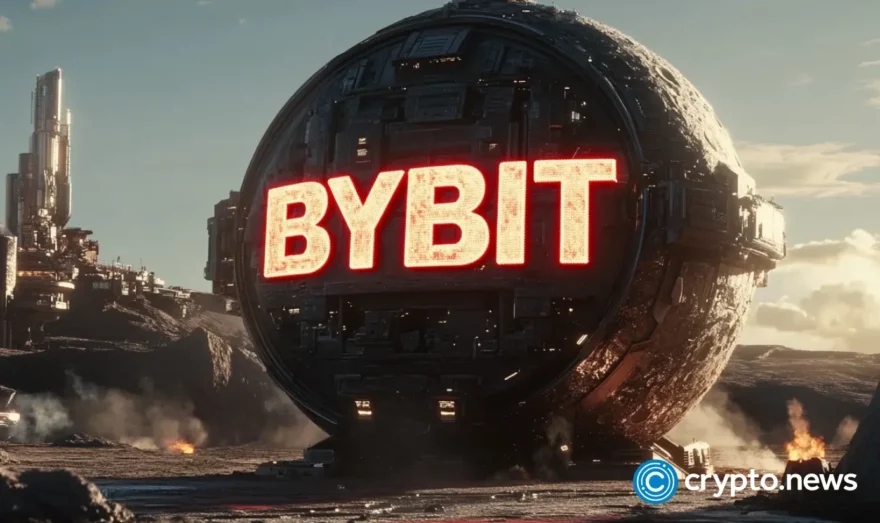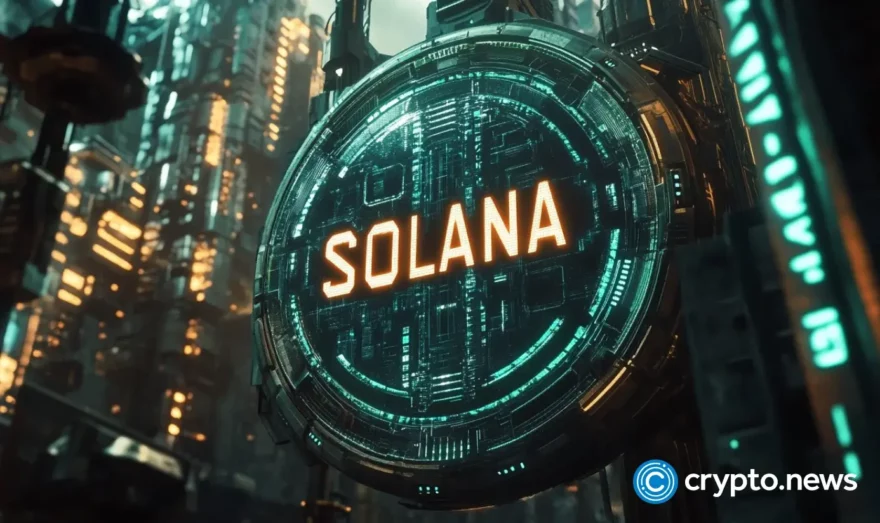Interview | Why Upexi chose Solana over Ethereum for its treasury

Brian Rudick, Chief Strategy Officer at Upexi, explained why treasury firms are still HODLing after the latest crypto market crash.
- Upexi hasn’t sold a single token post-crash — their 2M+ SOL position remains unchanged
- Upexi says volatility enhances the value of the convertible bonds they issue, enabling better capital raises
- Solana was chosen over Ethereum due to its throughput, composability, and monolithic architecture
When the crypto market shed over $1 trillion in value in a matter of hours, many investors panicked. Still, crypto treasury companies, which hold large amounts of spot tokens on their balance sheets, did not flinch.
One of them is the Solana treasury firm Upexi. In this exclusive interview, Brian Rudick, Chief Strategy Officer at Upexi, explains why recent volatility did not affect their business. He also explained how the treasury firm decides when to buy more SOL, the latest trends among treasury firms, and its general case for the token.
Crypto.news: The recent crypto crash has wiped out a trillion in crypto market cap in hours, and it hit Solana pretty hard. While SOL recovered, how did this affect treasury companies like Upexi?
Brian Rudick: Honestly, for us, the impact was basically zero, and I think that’s true for most treasury companies. We follow a buy-and-HOLD strategy. We’re not doing aggressive on-chain trading or using leverage to chase yields. We hold spot Solana and we stake it. So when there’s a crash, what really happens is that your net asset value (NAV) drops temporarily, and then, in this case, it mostly recovered.
Unless you’re highly levered, it doesn’t affect your strategy or risk profile much. If anything, it can present a really attractive entry point. If you’ve got cash ready, you can buy the dip. But otherwise, nothing changes for us.
The real risk is excessive leverage: if you’re borrowing heavily and the token you’re holding crashes and stays low, that’s where problems start. We’re very conservative. We only have about $40 million in outstanding debt, against roughly $400 million in Solana. That’s single-digit leverage. And that line of credit can be repaid at any time.
So for treasury companies, the only way you become a forced seller is if you’re highly levered, and token prices crash and stay down for an extended period. Most of these companies ladder their debt maturities across multiple years. So the risk only crystallizes if we’re stuck in a deep bear market for years, not weeks.
CN: Does this kind of volatility affect demand from institutional or retail investors? It really spotlighted how volatile crypto still is.
BR: I don’t think it changes investor demand at all. Most of the investors coming into a treasury company like ours aren’t trying to trade in and out over a few weeks.
They’re not chasing short-term moves. They’re here because they understand the long-term value accrual — and that comes from mechanisms like capital issuance, staking yield, and compounding SOL per share. They accept that crypto is volatile. That’s part of the game. But over time, if the value-per-share increases, that’s what they care about.
Also, treasury companies can monetize volatility in ways others can’t. For example, when we, or a company like MicroStrategy, issue convertible notes, there’s an embedded option in those instruments. And the more volatile the underlying asset is, in this case, our stock, the more valuable that option becomes to the buyer.
So volatility actually helps us raise capital more efficiently in some cases. Investors will pay more for that embedded volatility premium. So rather than being a risk, it can actually be an asset if you know how to structure around it.
CN: What are the advantages of investing in a treasury firm like Upexi, instead of just buying the underlying asset like SOL?
BR: First, a treasury strategy can create real shareholder value. One way is through intelligent capital issuance — if we’re trading above book value, then raising equity at that level lets us increase our SOL per share. That, in turn, should support our stock price if the market holds the multiple.
Second, our treasury is a productive asset. We stake our Solana, earning about an 8% annual yield. And in some cases, we’re able to buy locked SOL at a mid-teens discount. When you convert that discount into a yield-equivalent, it effectively doubles our staking returns.
These are real value accrual mechanisms, compounding over time, and they’re central to our thesis.
CN: How do you decide when to buy Solana?
BR: When we raise additional cash, we buy more Solana. We don’t time the market. Our strategy is tied to capital formation. We can raise capital in a few ways: Convertible notes, Equity private placements, or ATM programs — which are “at-the-market” equity issuance programs.
Back in April, we did a $100 million equity private placement, and in July, we completed a $200 million concurrent offering — part equity, part convertible debt. Once we had that liquidity, we deployed it into Solana.
CN: And how do you decide when to seek investment? Does that depend on whether you can increase SOL per share?
BR: Exactly. A lot of it depends on market conditions. Is there strong investor appetite for treasury company equity? Are we trading at a multiple that makes equity issuance accretive?
There’s a push-pull there. For example, if we’re trading at 5x NAV, then selling $100 million in equity is highly accretive: we’d be creating value immediately. But it’s also harder to raise that much at such a high valuation.
So you’re balancing how accretive the raise is versus how achievable it is. We’ve filed for an equity line with the SEC, which is essentially a quasi-ATM. Once it’s deemed effective, we’ll be able to sell a small percentage of our daily trading volume into the market to raise funds gradually.
But you have to be careful. You don’t want to hit your own stock price. So we typically look at issuing 1–4% of daily volume — just enough to raise capital without disrupting the market, and still accretive to SOL/share.
CN: Why Solana?
BR: Solana stood out to us as the leading high-performance smart contract blockchain. There are three reasons why:
In terms of its tech, Solana processes transactions in parallel, like modern processors do. It’s the first second-generation smart contract chain, launched in 2020, so it benefits from newer architecture and design principles, but also has meaningful network effects.
There’s also its ecosystem, which is incredibly versatile. From DeFi, DePIN, social, gaming, tokenization, stablecoins, meme coins, AI agents, etc. You can build anything on Solana.
Its traction is also strong. If you look at metrics on platforms like Artemis.xyz, Solana is already leading in key areas: daily active users, DEX volumes, and dApp revenues.
Ethereum is the biggest chain and the most well-known, no question. But Solana is making huge inroads, and we’re trying to position ourselves where the market is going.
CN: How do you view Solana’s competitive landscape? How does Solana compare to other similar chains?
BR: Ethereum is definitely the biggest and most decentralized chain, and it has a strong brand. But it’s also constrained by its early design choices.
Ethereum prioritized decentralization and security above all else, which meant performance suffered. That’s why so much of the execution has been pushed out to layer 2s — which are basically separate blockchains. They capture a lot of value that otherwise might have accrued to Ethereum itself.
Solana took a different approach. It focused on performance and security upfront — and has been able to grow into decentralization over time, thanks to things like Moore’s Law and improvements in hardware and bandwidth. We think it’s the first chain that’s secure, decentralized, and high-performance all at once.
From our point of view, Solana is purpose-built for one goal: to become the infrastructure for internet-scale capital markets — 24/7, global, permissionless access. That vision is really compelling, and we think it’s where the future of finance is headed.
CN: How does Solana compare to Ethereum’s L2s from the perspective of the users?
BR: The user experience on Solana is much simpler and more unified. That’s because Solana is monolithic — it does everything (data availability, execution, consensus, and settlement) on one layer. You don’t need to jump between rollups or worry about bridging.
With Ethereum, the value is fragmented across L2s, and most of them still have centralized sequencers, which raises questions about decentralization and regulatory risk. You’re trusting the sequencer operator, and that’s not a true permissionless system. Solana avoids a lot of that complexity.
CN: What trends are you thinking about lately that the rest of the market might be missing?
BR: I’ll be honest. Upexi was one of the first to do a large-scale equity private placement to build an altcoin treasury, specifically in Solana. And because we were early — and successful — a lot of copycats followed.
Now, the space is getting saturated. There are tons of companies trying to do the same thing. As a result, valuations and NAV multiples have come down. That’s the shift. Everyone’s now trying to figure out: what’s the “Digital Asset Treasury 2.0” model? What comes next?
One idea floating around is whether you can buy a profitable operating business and use its cash flow to accumulate digital assets — essentially funding your treasury from real earnings. It’s an interesting idea, but I’m not convinced. MicroStrategy’s success arguably comes from the fact that it doesn’t have a distracting business model.
Most people couldn’t even tell you what MicroStrategy actually does beyond holding Bitcoin, and that simplicity has worked in its favor. So I’m not sure bringing in operating complexity adds value to this model.
Another idea is to go further on-chain and try to juice yields — using more aggressive staking strategies, perhaps leveraging DeFi or other liquidity protocols. That’s not something we’re doing. We think it introduces a whole range of risks — legal, regulatory, smart contract risk, liquidation — and even then, those yields probably won’t hold as more capital chases them.
We’re already earning mid-teens equivalent returns through more conservative strategies, like buying locked Solana at a discount. We don’t feel the need to take additional risk just to chase an extra few points of yield.
And then there are mergers and acquisitions, which are becoming a hot topic. I’m a bit mixed on it. If you’re a company trading below NAV, why would you sell yourself to another firm for less than your token value when you can just liquidate directly at NAV? On the other side, if you’re the buyer, why would you pay a premium for another company’s assets when you could buy those same tokens in the open market?
Plus, M&A comes with transaction risk, bankers, lawyers, months of process, and there’s always the question of how the market will react. We’ve already seen an example where the market didn’t like it. Strive announced the acquisition of Semler. The deal was accretive on a per-Bitcoin basis, but Strive’s stock dropped about 40% right after. That’s the kind of risk you’re taking.
That said, there are reasons M&A might still happen. If a buyer can’t raise cash on their own but can offer stock, and if a seller is willing to accept that equity, it can still make sense, especially if the combined company gets better visibility or higher trading volume. That helps with future equity issuance.
So, we’ll see. I think we’ll learn a lot from the next few M&A deals. If they’re well received, you might see a wave of consolidation. If not, it’ll likely stay muted. For us, the focus remains the same: be disciplined, raise capital accretively, stake responsibly, and compound SOL per share over time. That still works, and it works without unnecessary risk.















